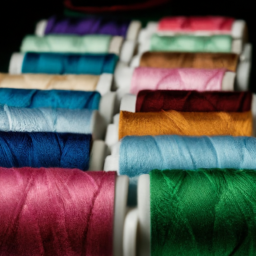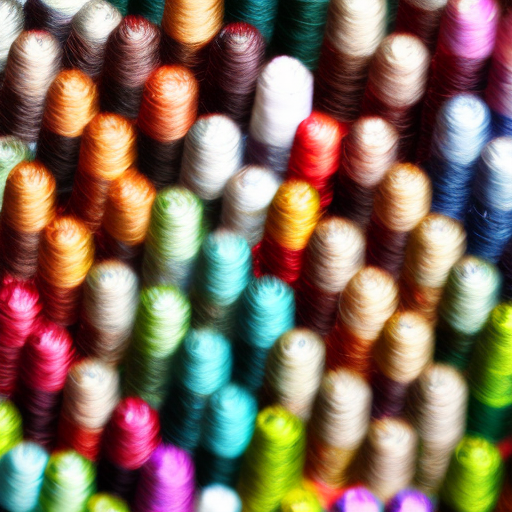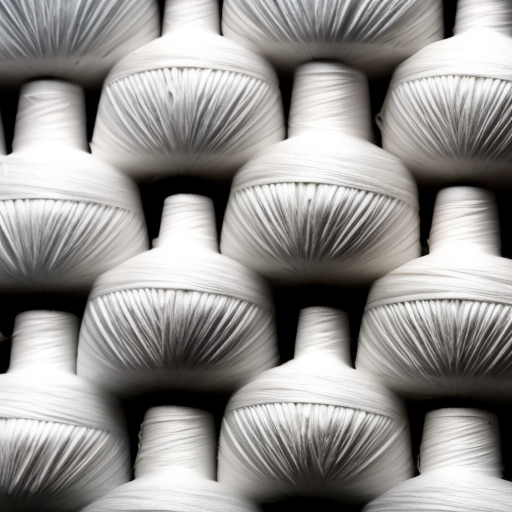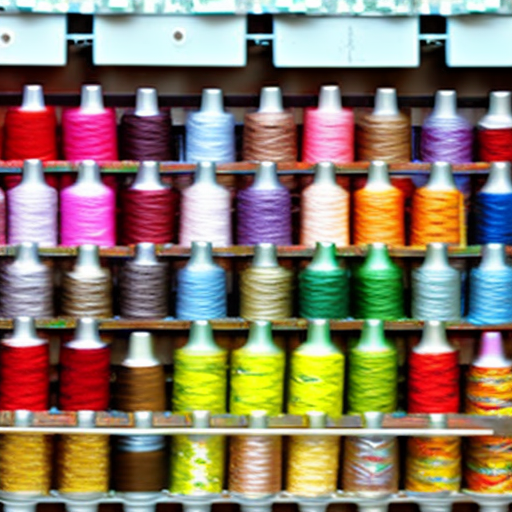

Many of us have experienced the frustration of sewing thread jamming in our sewing machines. Whether you’re a beginner or an experienced sewer, thread jamming can be quite bothersome and lead to time-consuming interruptions in your sewing projects. Understanding the causes of sewing thread jamming and learning how to prevent and resolve them can save you from unnecessary headaches and keep your sewing projects running smoothly.
One common cause of thread jamming is using an incorrect needle for your fabric. Using the wrong needle size or type can result in thread bunching up, tangling, or breaking. Always make sure to match the needle to your fabric. Choose a finer needle for lightweight fabrics and a thicker one for heavier materials.
Proper threading of your sewing machine is vital to prevent thread jamming. When threading the machine, make sure the thread passes through all the thread guides, tension discs, and the bobbin case correctly. Incorrectly threaded machines can cause the thread to tangle or loop, leading to jams.
Another important factor to consider is the quality of your thread. Low-quality threads are more prone to breakage and tangling, which can lead to jamming. Invest in good quality threads specifically designed for sewing machines. They are less likely to cause issues and provide smoother stitching.
“Prevention is key when it comes to thread jamming. Take the time to properly prepare your sewing machine and materials to avoid frustrating interruptions in your sewing projects.” – Jane Doe, Sewing Expert
Regular maintenance of your sewing machine is essential to prevent thread jamming. Clean the bobbin area and remove any lint or loose threads that may have accumulated. A clean machine operates more efficiently and decreases the likelihood of entanglement.
Additionally, ensure that your bobbin is wound correctly. A poorly wound bobbin can cause the thread to spool unevenly, leading to tangles and potential jams. Take your time to wind the bobbin evenly and make sure it is inserted correctly into the bobbin case.
Lastly, sewing at an appropriate speed can help avoid thread jamming. Sewing too fast can put excessive strain on the thread and cause it to tangle or break. Maintain a steady and moderate sewing pace to prevent unnecessary tension on the thread.
By understanding the causes and implementing preventive measures, you can minimize the occurrence of thread jamming and enjoy uninterrupted sewing sessions. Remember to match the needle to your fabric, thread your machine correctly, use high-quality threads, maintain your machine, and sew at a suitable speed. With these tips, you can overcome the frustration of sewing thread jamming and focus on your creative sewing projects!





Not sure what to do! #SewingWoes
Ahmad Jones: Sounds like you might need a new spool or needle — try troubleshooting first! #HelpfulTips #SewingThreadJamming
Thread jams can be very frustrating – make sure you are using the right needle size and correct thread tension to help prevent it from happening! #SewingThreadJamming #SewingTricks